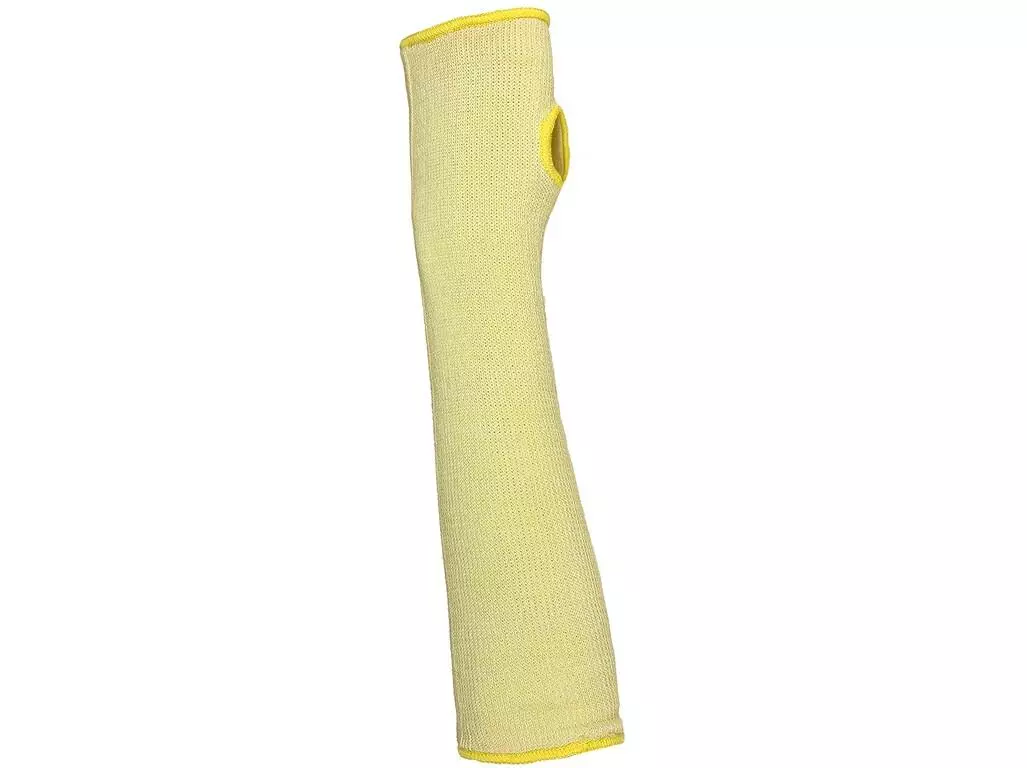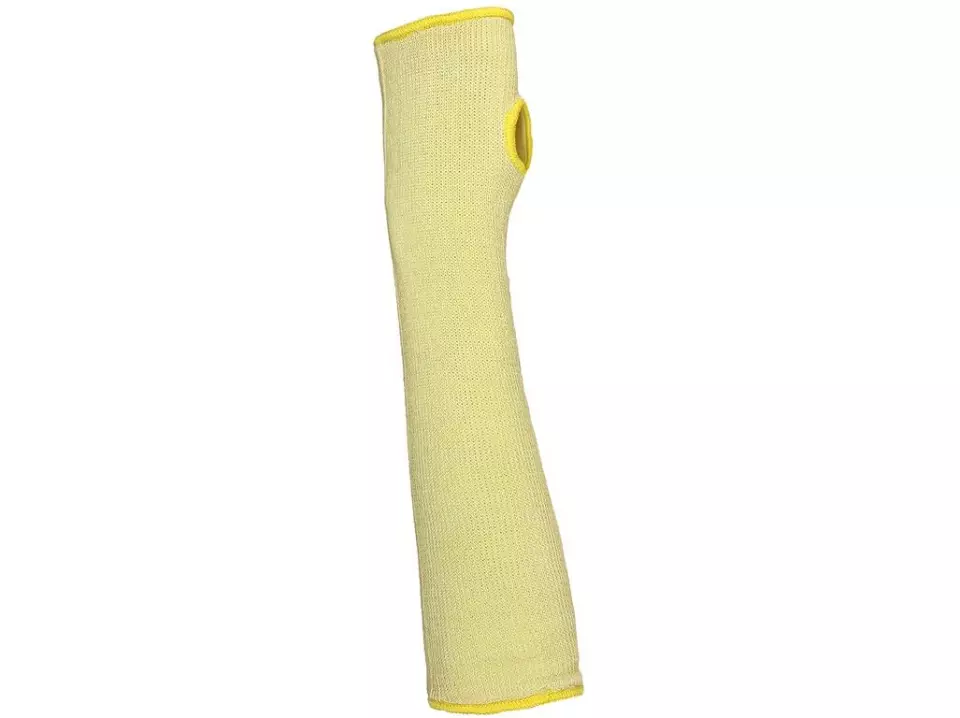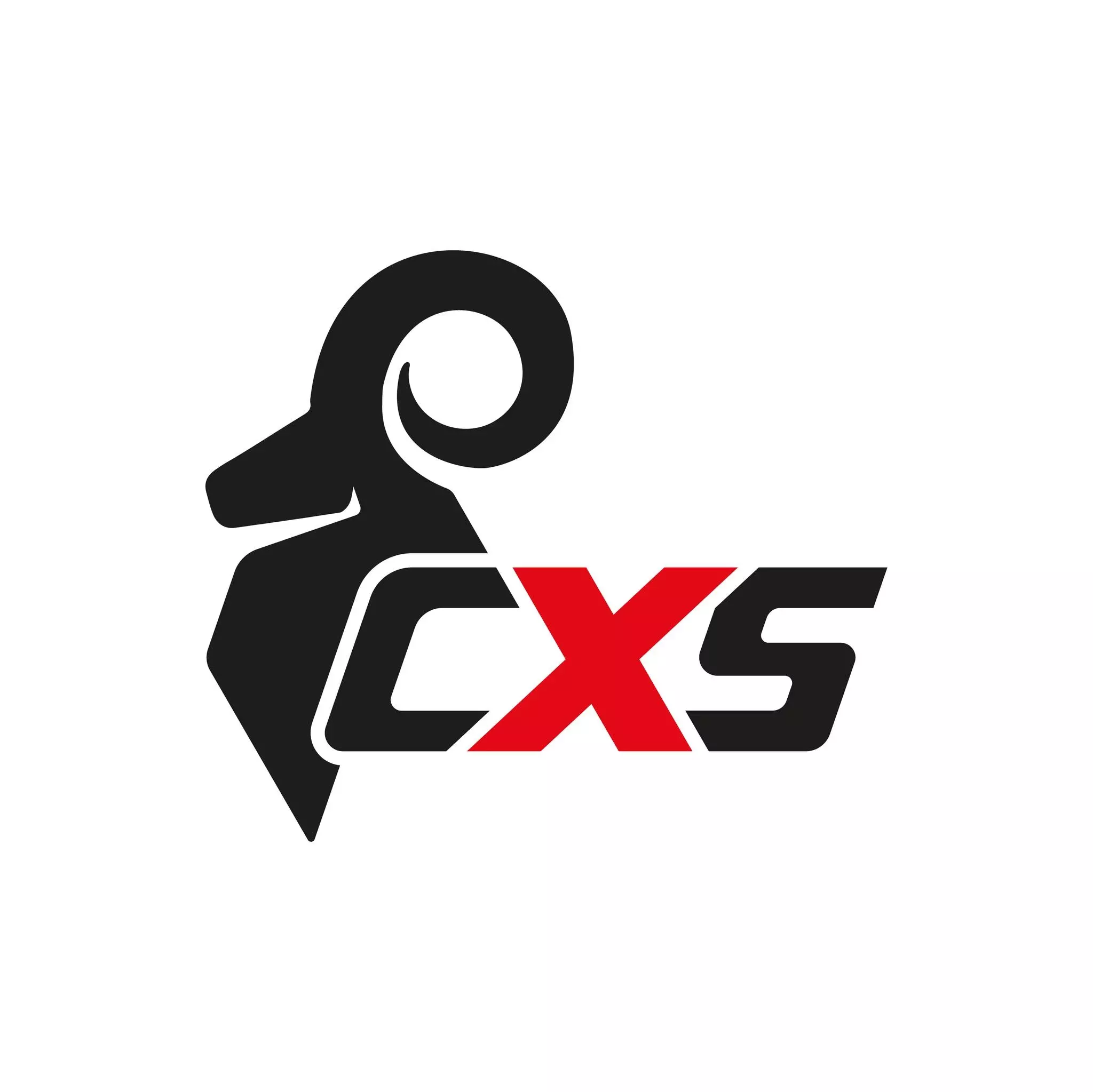
Features You'll Love

Material · Modacryl, Fiberglass, Aramid
EN 388 · Puncture Resistance Level 4, Abrasion Resistance Level 2, Cut Resistance, ISO 13997 Level F, Tear Resistance Level 4
EN 407 · Heat Contact Level 1
Offers the highest protection against puncture from objects like nails, measured...
CXS Ciru Knitted Cut Resistant Sleeve with Thumbhole, Length 35cm
CXS logo
4.7 / 5
Prices excl. VAT
63,49 kr
64,62 krEstimated delivery: Mon Oct 27 - Wed Oct 29
Choose size
Shipping fee is 55,20 kr for orders under 1 650,00 kr
Features You'll Love

Material · Modacryl, Fiberglass, Aramid
EN 388 · Puncture Resistance Level 4, Abrasion Resistance Level 2, Cut Resistance, ISO 13997 Level F, Tear Resistance Level 4
EN 407 · Heat Contact Level 1
Offers the highest protection against puncture from objects like nails, measured...
Product description
Product Features:
- Knitted cut-resistant sleeve
- Cut Resistance level 5 protection
- Thumbhole design
- Provides maximal protection for wrist and arm against cuts
- Ensures comfort and secure grip
Recommended Applications:
Construction, glass industry, me...


